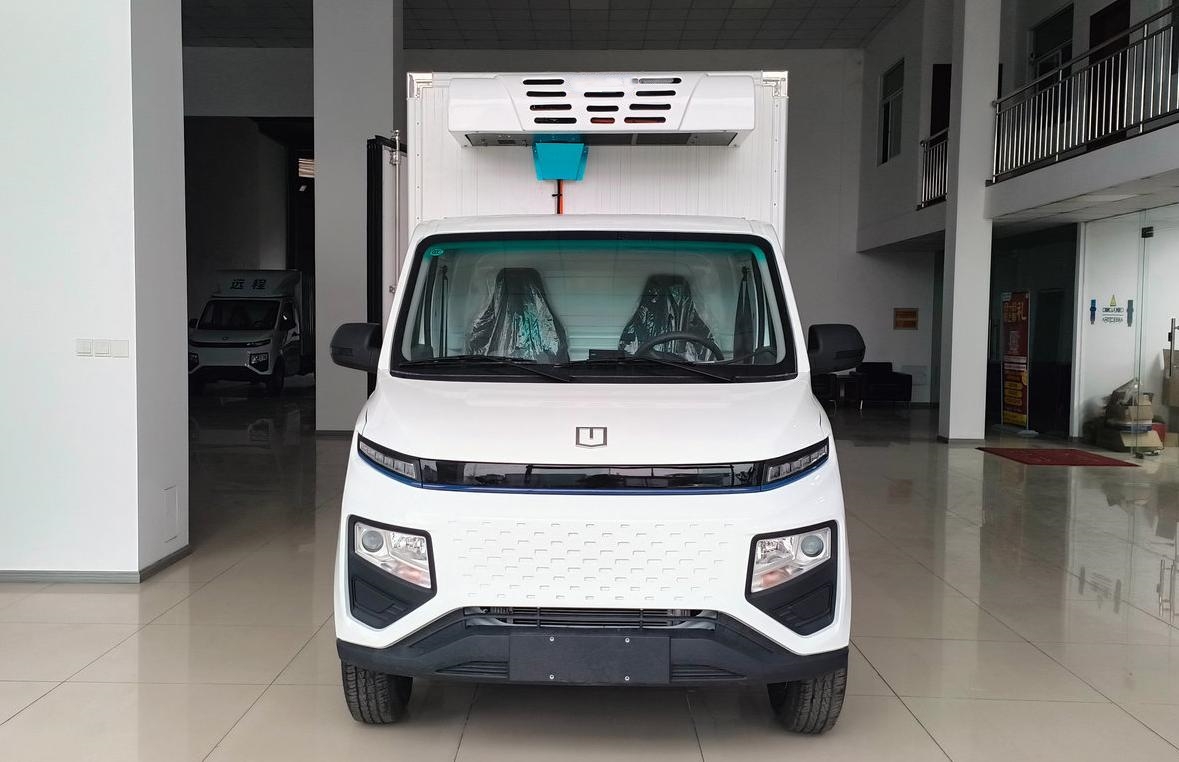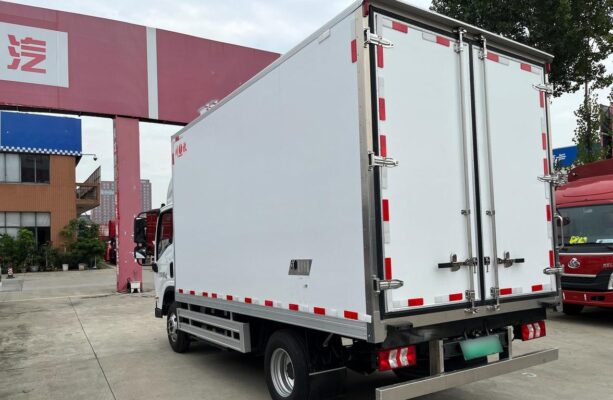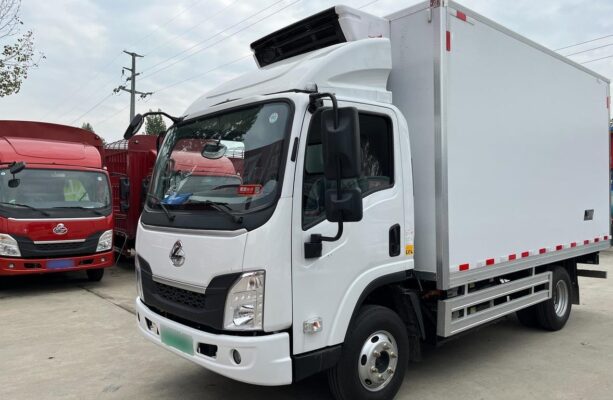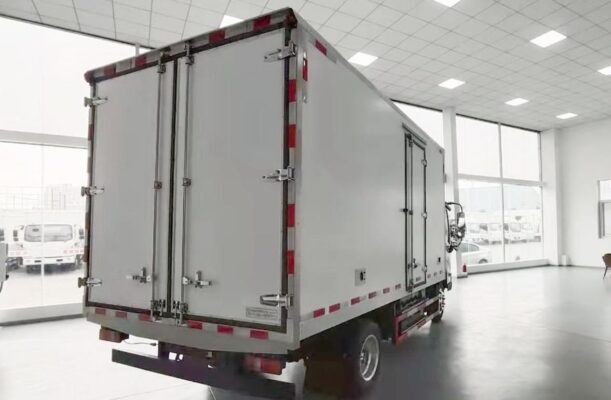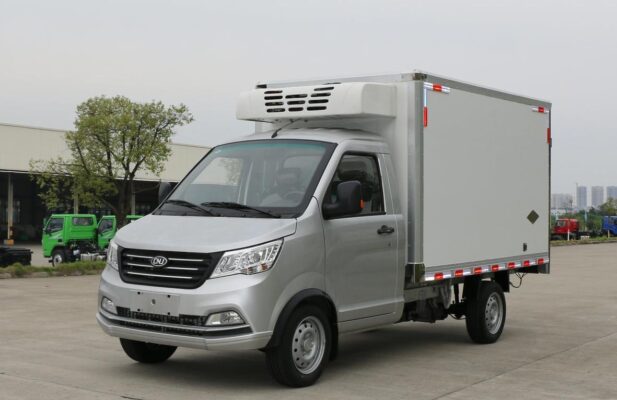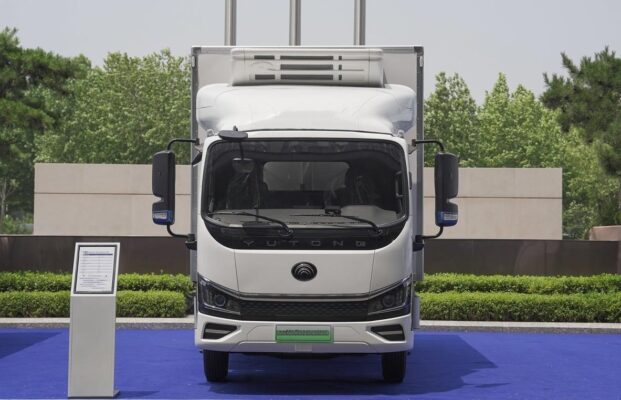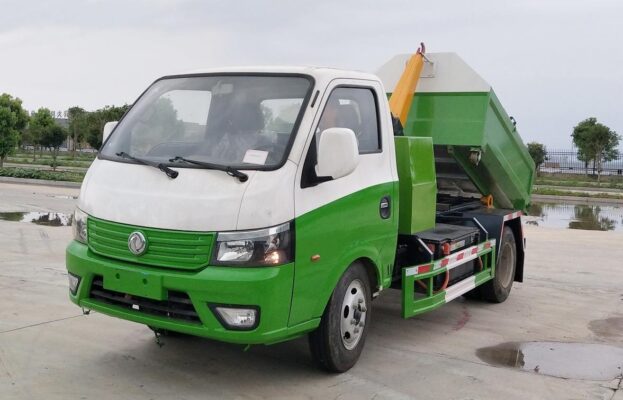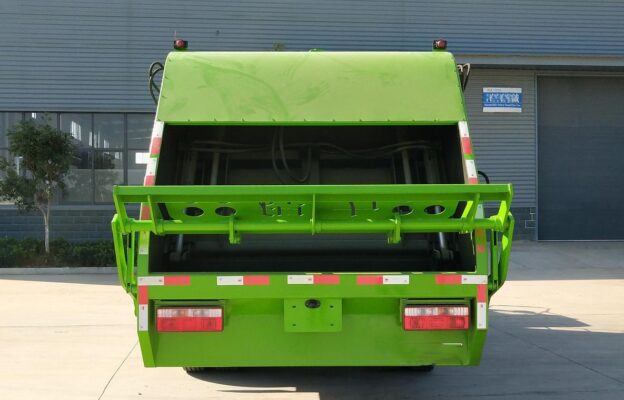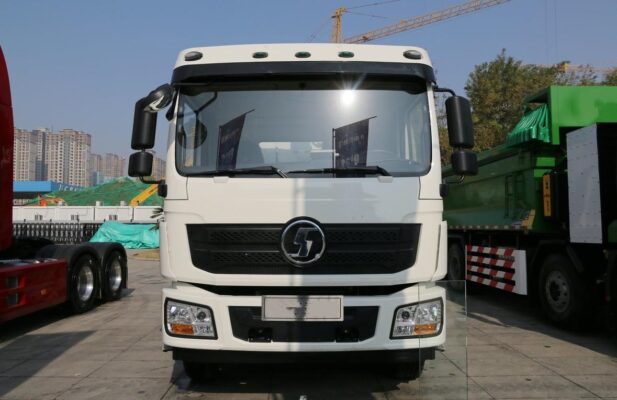Te mau parau apî no te mau pereoo uira
Why Are Insurance Premiums for All-Electric Pickup Trucks Increasing?
As all-electric pickup trucks continue to rise in popularity, more drivers are noticing that insurance premiums for these vehicles tend to be higher than for traditional, fuel-powered vehicles. This trend is driven by a few key factors, including the cost of repairs, the current resale market for electric vehicles, and certain risks associated with the unique technology of electric trucks. Although higher premiums may seem counterintuitive for vehicles that have environmental benefits, insurers are setting rates based on the distinct characteristics and potential risks of all-electric pickups.
In the future, however, insurance premiums for electric pickups may stabilize or even decrease as the market for these vehicles matures and technology becomes more advanced. Let’s delve into why premiums are currently on the rise and what factors may influence future changes in rates.
1. Higher Repair Costs Due to Complex Technology
One of the main reasons why insurance premiums for all-electric pickups are higher than those for traditional vehicles is the high cost of repairs. Electric pickups incorporate advanced technologies and specialized components, such as battery systems, electric motors, and complex electronics that are typically more expensive to repair or replace than components in internal combustion engine (ICE) vehicles.
- Battery Systems and Electric Drive Units: The battery is one of the most critical and costly parts of an electric pickup. If damaged, battery repairs or replacements can be very expensive. Likewise, electric drive systems are more complex and often require specialized skills to repair, which can lead to higher labor costs.
- Limited Access to Specialized Repair Facilities: Not all repair shops have the expertise to handle the complex systems found in electric pickups. As a result, many drivers need to turn to authorized dealerships or specialized technicians for repairs. This limited access increases repair costs, as labor rates are generally higher in these facilities. Insurance companies account for these factors when determining premiums, leading to higher rates for electric pickup owners.
- Higher Cost of Replacement Parts: Parts for electric pickups are often more expensive than those for conventional vehicles due to their advanced technology and, in some cases, lower production volumes. Components such as electric inverters, regenerative braking systems, and electric drive units tend to have higher replacement costs, which insurers factor into premiums to cover potential repair expenses.
2. Impact of Market Value and Resale Uncertainty
Another factor contributing to the higher premiums of all-electric pickups is the uncertainty surrounding their market value and resale potential. Although the market for electric vehicles (EVs) is growing rapidly, electric pickups are still relatively new, and resale values are more challenging to predict compared to traditional trucks.
- High Initial Costs and Depreciation: Electric pickups generally come with a high initial price due to their technology, which includes expensive components such as lithium-ion batteries and advanced computer systems. While high-end materials and cutting-edge designs enhance the performance and appeal of electric pickups, they also contribute to higher initial costs. Depreciation rates can vary widely depending on the brand, battery health, and availability of newer EV models, making it more difficult for insurers to establish accurate residual values.
- Resale Market Uncertainty: As the resale market for electric pickups is relatively limited, insurers face challenges in evaluating the true long-term value of these vehicles. This uncertainty in resale pricing adds a level of risk, which insurance companies may offset by setting higher premiums. Over time, as more electric pickups enter the used car market, insurers may gain better data to adjust premiums.
3. Safety Risks Related to Charging Equipment and Battery Systems
The charging and battery systems that power electric pickups also introduce unique safety risks that contribute to higher insurance premiums. Although charging is generally safe, certain risks are present, especially when charging infrastructure or practices are not up to standard.
- Potential for Electrical Faults: During charging, electric pickups are exposed to potential electrical faults, which can sometimes lead to fires or battery malfunctions. Overcharging, overheating, or power surges in home or public charging systems could damage the vehicle’s battery or other electronic components. Insurance providers account for these risks, as damage resulting from electrical faults can be expensive to repair.
- Battery Fire Risks: While rare, lithium-ion batteries in EVs can pose a fire risk if damaged or improperly handled. If a battery is punctured or experiences thermal runaway, it can catch fire, posing risks not only to the vehicle itself but also to surrounding property and occupants. Insurance companies may factor in these risks, particularly when evaluating comprehensive or collision insurance coverage for electric pickups.
Will Premiums Continue to Rise?
Despite current trends, the increase in insurance premiums for all-electric pickups may not be permanent. As technology progresses and electric pickup trucks become more mainstream, insurance rates may eventually stabilize or even decrease. Here are some reasons why:
- Reduced Repair Costs with Advancing Technology: As electric vehicle technology advances, repair costs are expected to decrease. Manufacturers are working to reduce the cost of key EV components like batteries, inverters, and electric motors. As these components become less expensive and more widely available, repair costs should decrease, potentially leading to lower insurance premiums.
- Increased Competition in the Electric Pickup Market: As more manufacturers and service providers enter the electric pickup market, competition is expected to bring down the cost of replacement parts and services. With more options for repairs and components, the overall cost to insure electric pickups may decrease over time.
- Safer and More Reliable Charging Infrastructure: Charging technology is improving rapidly, and new standards are being developed to ensure safer and more reliable charging options. As these systems become more widespread, the risks associated with electrical faults or battery malfunctions may decrease, which could, in turn, reduce insurance premiums.
How to Reduce Insurance Premiums for All-Electric Pickups
While some factors that affect insurance premiums are beyond the control of electric pickup owners, there are several strategies drivers can use to lower their insurance costs:
- Compare Insurance Providers: Rates for insuring electric pickups can vary widely between insurance companies. It’s essential to shop around and compare quotes from multiple providers to find the best rate for your specific vehicle and coverage needs.
- Install Safety Features: Adding safety features to your vehicle, such as anti-theft devices, collision avoidance systems, or dash cameras, can improve your pickup’s safety profile and reduce your premium. Insurance providers often offer discounts for vehicles equipped with additional safety features.
- Opt for a Higher Deductible: Choosing a higher deductible can often lead to lower monthly premiums. By agreeing to pay a larger share of repair costs in the event of an accident, drivers may receive a discount on their insurance premiums.
How to Choose the Right Insurance Company for Electric Pickups
Selecting the right insurance provider is essential for both minimizing costs and ensuring quality service. Here are some key factors to consider when choosing an insurance provider for an all-
As all-electric pickup trucks continue to rise in popularity, more drivers are noticing that insurance premiums for these vehicles tend to be higher than for traditional, fuel-powered vehicles. This trend is driven by a few key factors, including the cost of repairs, the current resale market for electric vehicles, and certain risks associated with the unique technology of electric trucks. Although higher premiums may seem counterintuitive for vehicles that have environmental benefits, insurers are setting rates based on the distinct characteristics and potential risks of all-electric pickups.
In the future, however, insurance premiums for electric pickups may stabilize or even decrease as the market for these vehicles matures and technology becomes more advanced. Let’s delve into why premiums are currently on the rise and what factors may influence future changes in rates.
1. Higher Repair Costs Due to Complex Technology
One of the main reasons why insurance premiums for all-electric pickups are higher than those for traditional vehicles is the high cost of repairs. Electric pickups incorporate advanced technologies and specialized components, such as battery systems, electric motors, and complex electronics that are typically more expensive to repair or replace than components in internal combustion engine (ICE) vehicles.
- Battery Systems and Electric Drive Units: The battery is one of the most critical and costly parts of an electric pickup. If damaged, battery repairs or replacements can be very expensive. Likewise, electric drive systems are more complex and often require specialized skills to repair, which can lead to higher labor costs.
- Limited Access to Specialized Repair Facilities: Not all repair shops have the expertise to handle the complex systems found in electric pickups. As a result, many drivers need to turn to authorized dealerships or specialized technicians for repairs. This limited access increases repair costs, as labor rates are generally higher in these facilities. Insurance companies account for these factors when determining premiums, leading to higher rates for electric pickup owners.
- Higher Cost of Replacement Parts: Parts for electric pickups are often more expensive than those for conventional vehicles due to their advanced technology and, in some cases, lower production volumes. Components such as electric inverters, regenerative braking systems, and electric drive units tend to have higher replacement costs, which insurers factor into premiums to cover potential repair expenses.
2. Impact of Market Value and Resale Uncertainty
Another factor contributing to the higher premiums of all-electric pickups is the uncertainty surrounding their market value and resale potential. Although the market for electric vehicles (EVs) is growing rapidly, electric pickups are still relatively new, and resale values are more challenging to predict compared to traditional trucks.
- High Initial Costs and Depreciation: Electric pickups generally come with a high initial price due to their technology, which includes expensive components such as lithium-ion batteries and advanced computer systems. While high-end materials and cutting-edge designs enhance the performance and appeal of electric pickups, they also contribute to higher initial costs. Depreciation rates can vary widely depending on the brand, battery health, and availability of newer EV models, making it more difficult for insurers to establish accurate residual values.
- Resale Market Uncertainty: As the resale market for electric pickups is relatively limited, insurers face challenges in evaluating the true long-term value of these vehicles. This uncertainty in resale pricing adds a level of risk, which insurance companies may offset by setting higher premiums. Over time, as more electric pickups enter the used car market, insurers may gain better data to adjust premiums.
3. Safety Risks Related to Charging Equipment and Battery Systems
The charging and battery systems that power electric pickups also introduce unique safety risks that contribute to higher insurance premiums. Although charging is generally safe, certain risks are present, especially when charging infrastructure or practices are not up to standard.
- Potential for Electrical Faults: During charging, electric pickups are exposed to potential electrical faults, which can sometimes lead to fires or battery malfunctions. Overcharging, overheating, or power surges in home or public charging systems could damage the vehicle’s battery or other electronic components. Insurance providers account for these risks, as damage resulting from electrical faults can be expensive to repair.
- Battery Fire Risks: While rare, lithium-ion batteries in EVs can pose a fire risk if damaged or improperly handled. If a battery is punctured or experiences thermal runaway, it can catch fire, posing risks not only to the vehicle itself but also to surrounding property and occupants. Insurance companies may factor in these risks, particularly when evaluating comprehensive or collision insurance coverage for electric pickups.
Will Premiums Continue to Rise?
Despite current trends, the increase in insurance premiums for all-electric pickups may not be permanent. As technology progresses and electric pickup trucks become more mainstream, insurance rates may eventually stabilize or even decrease. Here are some reasons why:
- Reduced Repair Costs with Advancing Technology: As electric vehicle technology advances, repair costs are expected to decrease. Manufacturers are working to reduce the cost of key EV components like batteries, inverters, and electric motors. As these components become less expensive and more widely available, repair costs should decrease, potentially leading to lower insurance premiums.
- Increased Competition in the Electric Pickup Market: As more manufacturers and service providers enter the electric pickup market, competition is expected to bring down the cost of replacement parts and services. With more options for repairs and components, the overall cost to insure electric pickups may decrease over time.
- Safer and More Reliable Charging Infrastructure: Charging technology is improving rapidly, and new standards are being developed to ensure safer and more reliable charging options. As these systems become more widespread, the risks associated with electrical faults or battery malfunctions may decrease, which could, in turn, reduce insurance premiums.
How to Reduce Insurance Premiums for All-Electric Pickups
While some factors that affect insurance premiums are beyond the control of electric pickup owners, there are several strategies drivers can use to lower their insurance costs:
- Compare Insurance Providers: Rates for insuring electric pickups can vary widely between insurance companies. It’s essential to shop around and compare quotes from multiple providers to find the best rate for your specific vehicle and coverage needs.
- Install Safety Features: Adding safety features to your vehicle, such as anti-theft devices, collision avoidance systems, or dash cameras, can improve your pickup’s safety profile and reduce your premium. Insurance providers often offer discounts for vehicles equipped with additional safety features.
- Opt for a Higher Deductible: Choosing a higher deductible can often lead to lower monthly premiums. By agreeing to pay a larger share of repair costs in the event of an accident, drivers may receive a discount on their insurance premiums.
How to Choose the Right Insurance Company for Electric Pickups
Selecting the right insurance provider is essential for both minimizing costs and ensuring quality service. Here are some key factors to consider when choosing an insurance provider for an all-electric pickup truck:
- Reputation and Reliability: Choose an insurance provider with a strong reputation for customer service and claims processing. It’s essential to know that your insurance company will handle claims promptly and efficiently, especially when dealing with specialized electric vehicle repairs.
- Specialized Coverage Options: Look for insurance providers that offer specialized coverage options for electric vehicles. Some insurers provide specific EV coverage, such as battery damage protection or coverage for charging equipment, which may provide better protection for electric pickup owners.
- Comparing Policy Terms: Compare policy terms, including coverage limits, deductible options, and available discounts, to determine which plan best meets your needs. Some insurers may offer discounts for environmentally friendly vehicles or safe driving, which can help reduce your premium.
- Establishing a Positive Relationship with Your Insurer: Building a positive relationship with your insurance provider may lead to added benefits over time. Regularly communicating with your insurer about your vehicle’s maintenance and safety features, or any adjustments in driving habits, can help ensure you’re getting the best possible rates.
Conclusion: Addressing the Current and Future Costs of Electric Pickup Insurance
In summary, the increase in insurance premiums for all-electric pickup trucks is primarily due to the higher repair costs associated with specialized components, uncertainties in market valuation, and the unique safety risks tied to charging and battery systems. Tera râ,, as the market for electric vehicles expands, and as technology improves, it is likely that insurance premiums will eventually stabilize or decrease. For now, electric pickup owners can manage their insurance costs by comparing providers, adding safety features, selecting suitable policies, and maintaining a positive relationship with their insurance company.
As the electric pickup industry grows and evolves, it promises not only to offer sustainable transportation options but also to become more accessible and affordable for a broader range of drivers.
- Reputation and Reliability: Choose an insurance provider with a strong reputation for customer service and claims processing. It’s essential to know that your insurance company will handle claims promptly and efficiently, especially when dealing with specialized electric vehicle repairs.
- Specialized Coverage Options: Look for insurance providers that offer specialized coverage options for electric vehicles. Some insurers provide specific EV coverage, such as battery damage protection or coverage for charging equipment, which may provide better protection for electric pickup owners.
- Comparing Policy Terms: Compare policy terms, including coverage limits, deductible options, and available discounts, to determine which plan best meets your needs. Some insurers may offer discounts for environmentally friendly vehicles or safe driving, which can help reduce your premium.
- Establishing a Positive Relationship with Your Insurer: Building a positive relationship with your insurance provider may lead to added benefits over time. Regularly communicating with your insurer about your vehicle’s maintenance and safety features, or any adjustments in driving habits, can help ensure you’re getting the best possible rates.
Conclusion: Addressing the Current and Future Costs of Electric Pickup Insurance
In summary, the increase in insurance premiums for all-electric pickup trucks is primarily due to the higher repair costs associated with specialized components, uncertainties in market valuation, and the unique safety risks tied to charging and battery systems. Tera râ,, as the market for electric vehicles expands, and as technology improves, it is likely that insurance premiums will eventually stabilize or decrease. For now, electric pickup owners can manage their insurance costs by comparing providers, adding safety features, selecting suitable policies, and maintaining a positive relationship with their insurance company.
As the electric pickup industry grows and evolves, it promises not only to offer sustainable transportation options but also to become more accessible and affordable for a broader range of drivers.
